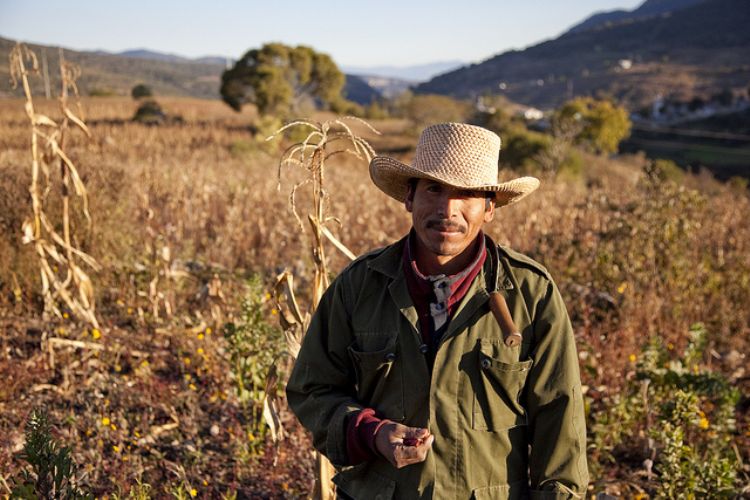
Even though agriculture in Mexico occupies a minor role i...

With a total surface of 50,483 sq. kilometers and coasts extending some 900 kilometers, the state of Quintana Roo is conformed by the territory attached to the continental shelf and by the islands of Cozumel and Isla Mujeres.
It is worth noting that the virtual frontier between the Gulf of Mexico and the Caribbean Sea is located within the state's juristiction, which provides the entity with a wide variety of marine species within its waters. In addition, some 120 bird species have been reported to live or nest in the region. The area actually belongs to the sanctuary called Playa Isla Convoy, a heaven aimed at the protection of endangered types of tortoise that lay eggs along the coasts, and known as the Carey, White and Caguama tortoise.
Just as is the case across the Yucatan peninsula, Quintana Roo is formed by flat territories, limestone caves, hollows and natural wells known as cenotes. It also contains the Hondo, Azul, Escondido and Ucum rivers, as well as numerous lagoons.
Climate in the region is mainly hot and sub-humid with rainy summers and an average annual temperature of 27 degrees centigrade.
The state is home to no less than 3 million hectares of jungle, the largest surface in the country for this kind of habitat, as well as to a wide variety of environments such as coastal plains, coral reef, beaches and coasts which turn the state of Quintana Roo into nothing short of a natural treasure.
In total, 25% of the state's surface, including the full length of the coasts, is protected by the state or federal governments. Some of the protected natural reserves include the Banco de Chinchorro, Sian Kaan and its coral reef, as well as the National Parks at Costa Occidente or "West Coast" and located at Isla Mujeres island, Punta Cancun, Punta Nizuc, Tulum, and the coral reefs of Cozumel and Xcalak.
The state is also home to a wide variety of tropical flora and fauna, such as the tiger cat, monkey, pheasant, toucan, cardinal, brocket, tapir, lizard and white heron; while its waters are occupied mainly by shark, grouper, shad, dogfish, red-snapper and black coral, as well as some endangered species such as manatee and tortoise. The type of flora standing out within the thick tropical jungle includes red cedar, mahogany and silk-cotton trees, as well as the chicozapote species used for rubber production.

Even though agriculture in Mexico occupies a minor role i...
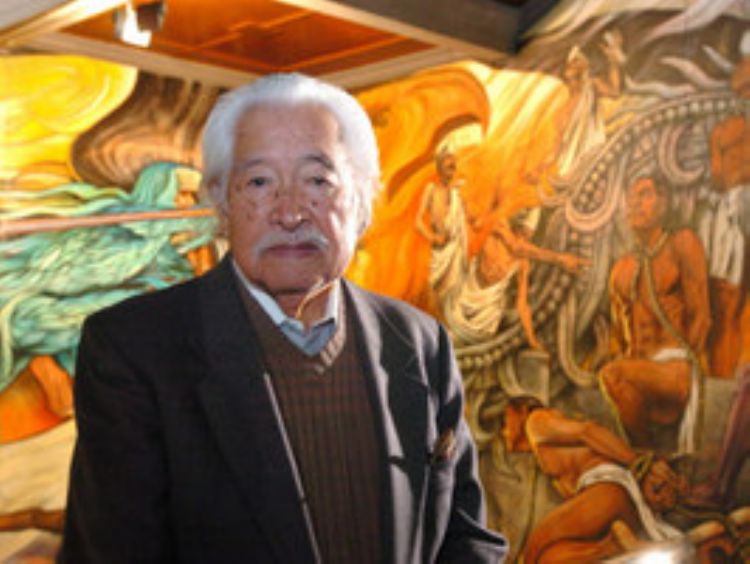
Son of Japanese Kenji Nishizawa and Mexican Maria de Jesu...

During his last state of the union address, José L...

Are you tired of always doing the same on vacations? Hot-...

The Mexican State fulfills its main goal by guaranteeing ...
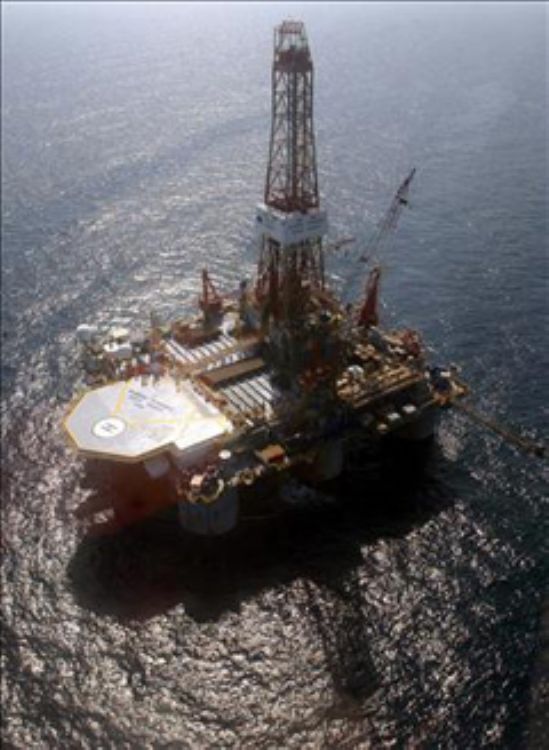
Petróleos Mexicanos (PEMEX) is a pillar of Mexicoâ...
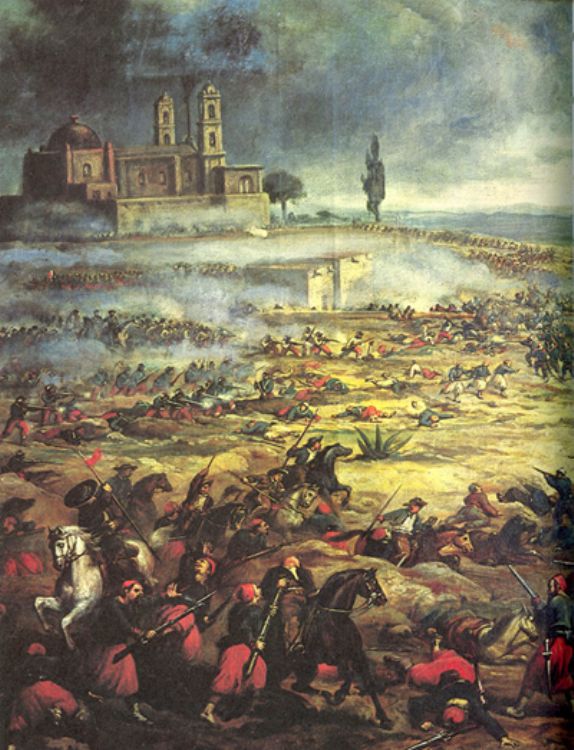
The Battle of Puebla took place on the 5th of May 1862 in...

Since we are located in a great seismic zone of the world...

The Mexican State fulfills its main goal by guaranteeing ...

Remedios Varo was born on December 16, 1908 in Gerona, Sp...
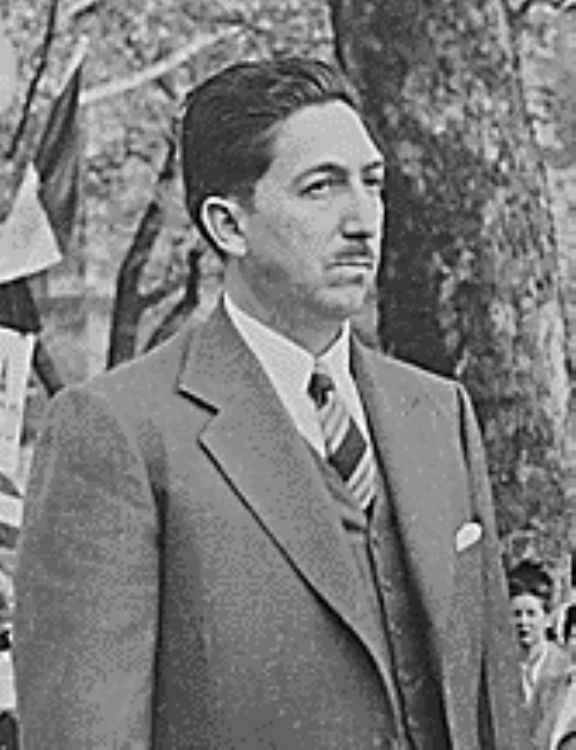
The three most representative economic models in Mexicoâ...

The Bank of Mexico is the central bank of Mexico and was ...
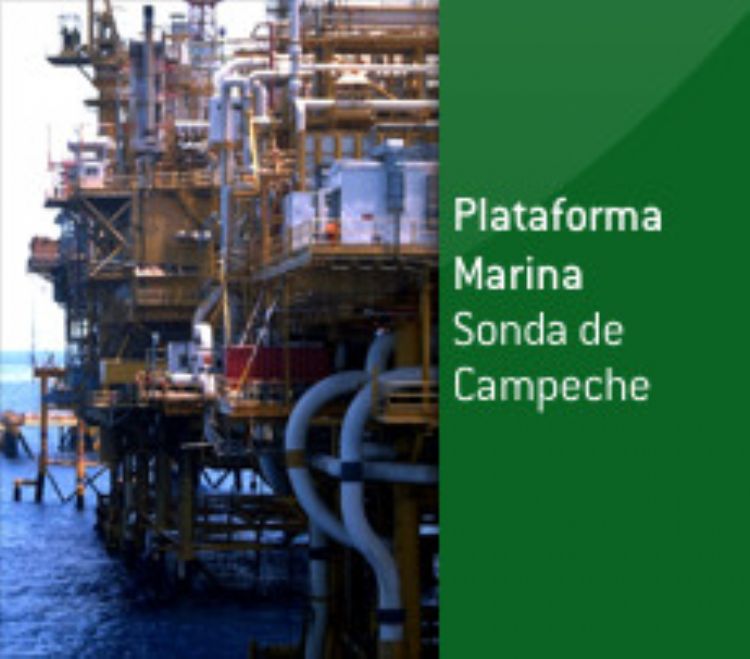
The oil industry in the world has changed dramatically in...
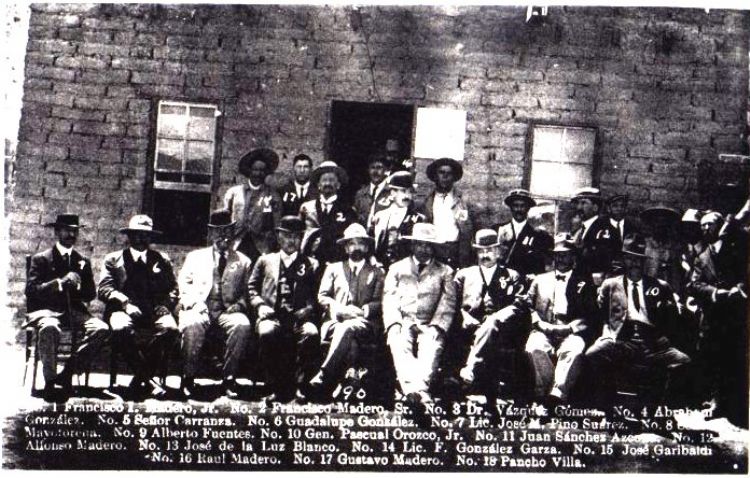
During the 19th century, the country had many battles, no...
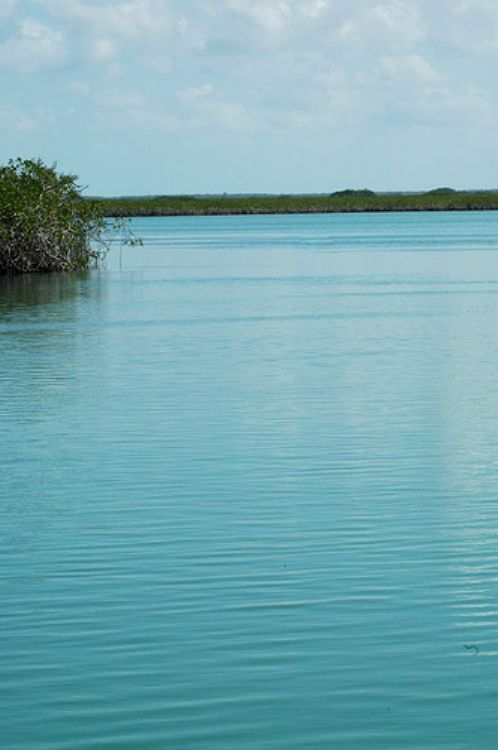

Agriculture is still one of the most important activities...
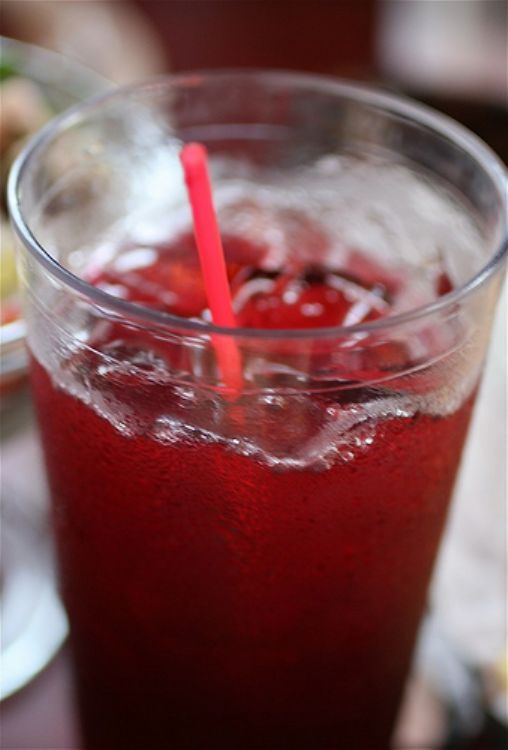

This great artist, Catalan by origin and Mexican by adopt...

The last administrations of Mexico Cityâs Government ha...